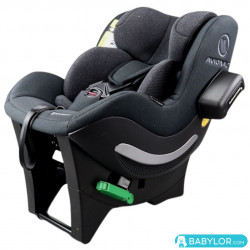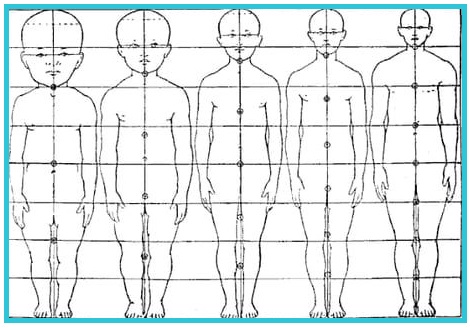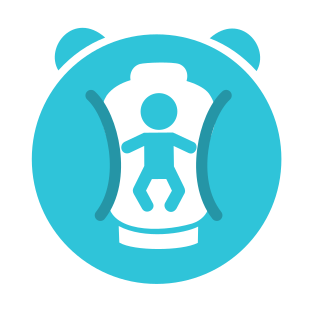
Discover our selection of back-rest car seats

419,00 €
.png)
If you're asking yourself the question, ‘Which way should I orientate my child's car seat in my vehicle?’ You won't be asking it for much longer.
We've got plenty to tell you on the subject, and it could well help you make the best choice for your child's safety and comfort.


Protections
latérales
As you already know, a child is not as robust and resistant as an adult. Their heads are proportionately larger and heavier. Their necks and spines are still very fragile. Their reflexes and ability to react are limited. It's only from the age of 4 onwards that your child's sensitive areas become more robust. Before then, you need to be extremely vigilant.
.png)

Protections
latérales
His body is restrained by the harnesses and his head is thrown forward with considerable force.
Depending on the child's age and the violence of the impact, the shoulders, neck and head, which are still very fragile, can suffer serious trauma.
The child's body is pushed to the bottom of the car seat instead of being thrown. The energy of a head-on collision is distributed evenly over the surface of the seat and the sensitive areas of the child's body are perfectly protected.
In the video below, you can see the difference in body movements between the front-to-road and back-to-road positions in a head-on collision. Does this help you to better understand the importance of car seat orientation?
.png)
POSITION
ROAD FACE
40% risk of serious injury
(Risk of ‘whiplash’, shoulder / pelvis injuries, and possible shin splints for taller riders)
POSITION
ROAD BACK
8% less risk of serious injury
(neck better preserved, legs grouped together in foetal position)
.png)
According to some parents, the rear-facing position is uncomfortable for their children because it doesn't offer enough legroom. Children are more supple and flexible than adults. They prefer to bend or cross their legs when they are in their car seat rather than let them dangle in the air (numbness, tingling, etc.) Many back-to-the-road car seats are suitable for growing children. Some even offer up to 30 cm extra legroom.
.png)
Some adults are opposed to rear-facing car seats because they believe that their children cannot enjoy the view and that this makes their journey boring. It should therefore be pointed out that rearward-facing car seats are higher than forward-facing car seats and allow your children to observe the world around them through the side window. What's more, by removing the headrest from your car, your child can have a clear view out of the rear window instead of having to fix the front seat.
.png)
Nausea in the car is generally not due to the orientation of the car seat, but rather to other factors (heat, visibility, etc.). If your child is easily taken ill in the car, remember to maintain a good temperature in the car, make sure they can see out of the window and avoid heavy meals just before the journey.
Before the R129 standard, it was compulsory, for their safety, to transport children in a back-to-front car seat until they reached a weight of 9kg (around 9 months).
Now, with this new standard, it is compulsory to leave them in this position until they are 15 months old.
We, the Babylor team, advise you to leave your children in the rear-facing position for as long as possible, at least until they are 4 years old.
.png)

Protections
latérales